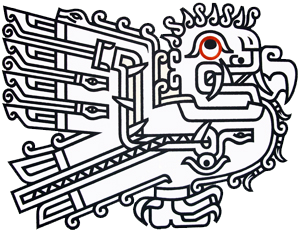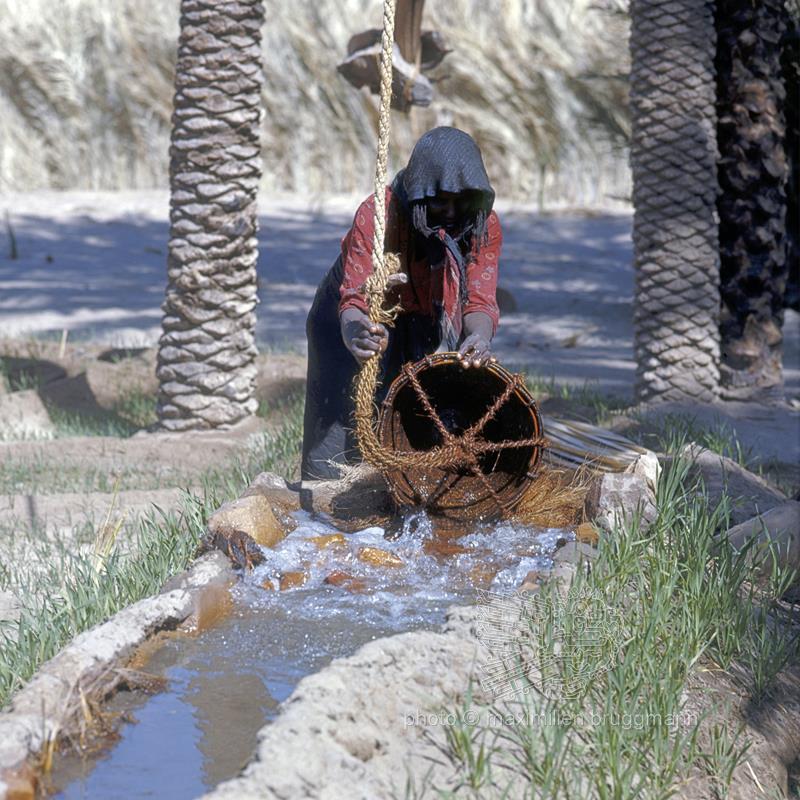Description
This Tubu woman from the Bardaï oasis, Tibesti, pours the water from her “dellou” into a seguia, the gutter that irrigates the garden she maintains. The rope to which the “dellou” is attached is fixed to the end of a long wooden pendulum weighted with a stone at the other end, so as to form a pendulum. This is a long, tedious and arduous task which, with countless variations, is repeated in all the oases over the entire surface of the Sahara, between the Red Sea and the Atlantic. The only exception is the land of feggaguir (plural of foggara), long underground canals leading to the open air in the oasis; they were dug by man and sunk to the places where it was possible to drain a little water. There are 360 kilometres of canals in the oasis of Aoulef alone. But in all other cases, the “chadouf”, with its pendulum, is the typical hydraulic device of the oases. The most astute use a donkey, an ox or a camel to bring up the “dellou” full of water from the bottom of the well. - Chad - 1967
Description
This Tubu woman from the Bardaï oasis, Tibesti, pours the water from her “dellou” into a seguia, the gutter that irrigates the garden she maintains. The rope to which the “dellou” is attached is fixed to the end of a long wooden pendulum weighted with a stone at the other end, so as to form a pendulum. This is a long, tedious and arduous task which, with countless variations, is repeated in all the oases over the entire surface of the Sahara, between the Red Sea and the Atlantic. The only exception is the land of feggaguir (plural of foggara), long underground canals leading to the open air in the oasis; they were dug by man and sunk to the places where it was possible to drain a little water. There are 360 kilometres of canals in the oasis of Aoulef alone. But in all other cases, the “chadouf”, with its pendulum, is the typical hydraulic device of the oases. The most astute use a donkey, an ox or a camel to bring up the “dellou” full of water from the bottom of the well. - Chad - 1967





